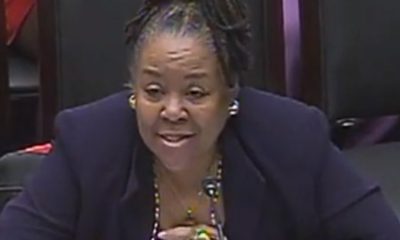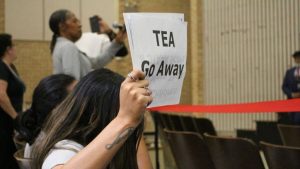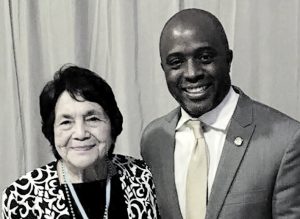Health
Teens, Loss and Grief
By Shantella Y. Sherman
Special to the NNPA from the Afro-American Newspaper
For thousands of youth living in the D.C. metropolitan area the threat of violence creates constant fear. From random assaults and homicides positioned in the news media as commonplace, to the often-used refrain that victims were “in the wrong place at the wrong time,” a growing sense of fear and grief have come to characterize adolescent development. Think tanks like the Rand Corporation have found that inner-city communities often incur rates of post-traumatic stress (PTSD) symptoms among young people comparable to those seen in veterans of the Vietnam, Afghanistan, and Iraq wars. Recognizing the symptoms of associated grief, depression, and chronic stress, however, is often clouded by stereotypes, leaving sufferers to go untreated.
Chronic stress and prolonged grieving cycles have a profound impact on the physical and mental well-being of young people. Sleeplessness, anxiety, cardiovascular disease, behavioral problems, and complaints of headaches or stomachaches are common. Among middle and junior high school students in urban school systems, 41 percent reported witnessing a stabbing or shooting in the past year; and 83 percent reported experiencing one or more traumatic events themselves. The epidemic of trauma-related stress and grief, however, becomes most evident in hospital visits and school disciplinary hearings.
Chaz Kohlreiser, a certified counselor at the Wendt Center in D.C., works with young people, aged 6-21, suffering complex trauma as the result of losing friends to violence. He said treatment requires re-establishing their sense of community beyond the sidewalk memorials and candlelight vigils.
“Our young people are dealing with the loss of friends and classmates from back-to-back murders, with them sometimes witnessing those homicides and other times hearing graphic details about them. Their sense of trust, safety, and control are taken away,” Kohlreiser said. “Many have grown sick of going to the vigils and may be experiencing a sort of numbness that desensitizes their reactions.”
Kohlreiser said that clinical researchers are beginning to recognize that not feeling safe in their own communities keeps these young people from expressing the grief of loss, particularly if they come from rocky households where domestic violence or absenteeism already exist.
Such was the case with LaShawna Duncan, who attended more than 20 friends’ funerals in one year and is currently being treated for PTSD-symptoms. “
I used to be afraid to step outside my door because so much was happening in my neighborhood, so I stayed in the house; then stray bullets started hitting the sides of the apartment building,” said LaShawna, who lives near Stanton Road in Southeast. “Where do you go when everywhere you stand could be where you die?”
LaShawna, who lived with extended family members, said no one paid attention to her grief or fears until it turned into anger and she was suspended for fighting at school. “I was tired of being afraid and felt like I needed to get the world before it got me,” she said.
Robert T. Phillips, an Annapolis-based psychiatrist, said that as unresolved grief morphs into a more intensified complicated grief, adolescent behavioral issues may manifest in acting out or fighting, similar to LaShawna’s.
“Creating a safe space that is grounded in confidentiality and void of judgment, shame, and criticism invites adolescents to express their feelings regarding their own mortality and consequently presents opportunities for growth and healing,” Phillips said. “Schools, parents, and community members should seek professional help for grieving teens if dysfunctional and non-developmentally appropriate behaviors become consistently present in their lives.”
Phillips said that assuming the passage of time will necessarily heal deep wounds is a false hope that blocks healthy individual development. “Intentionally connecting grieving adolescents with professional help can potentially break the cycle of violence in the African-American community and the community at-large,” Phillips said.
Bay Area
East Bay Regional Park District Issues Rattlesnake Advisory
The East Bay Regional Park District released an advisory today on rattlesnakes, which emerge from winter hibernation in early spring and become more active. Warm weather can bring more potential for rattlesnake encounters with humans and dogs, particularly along trails and roads.
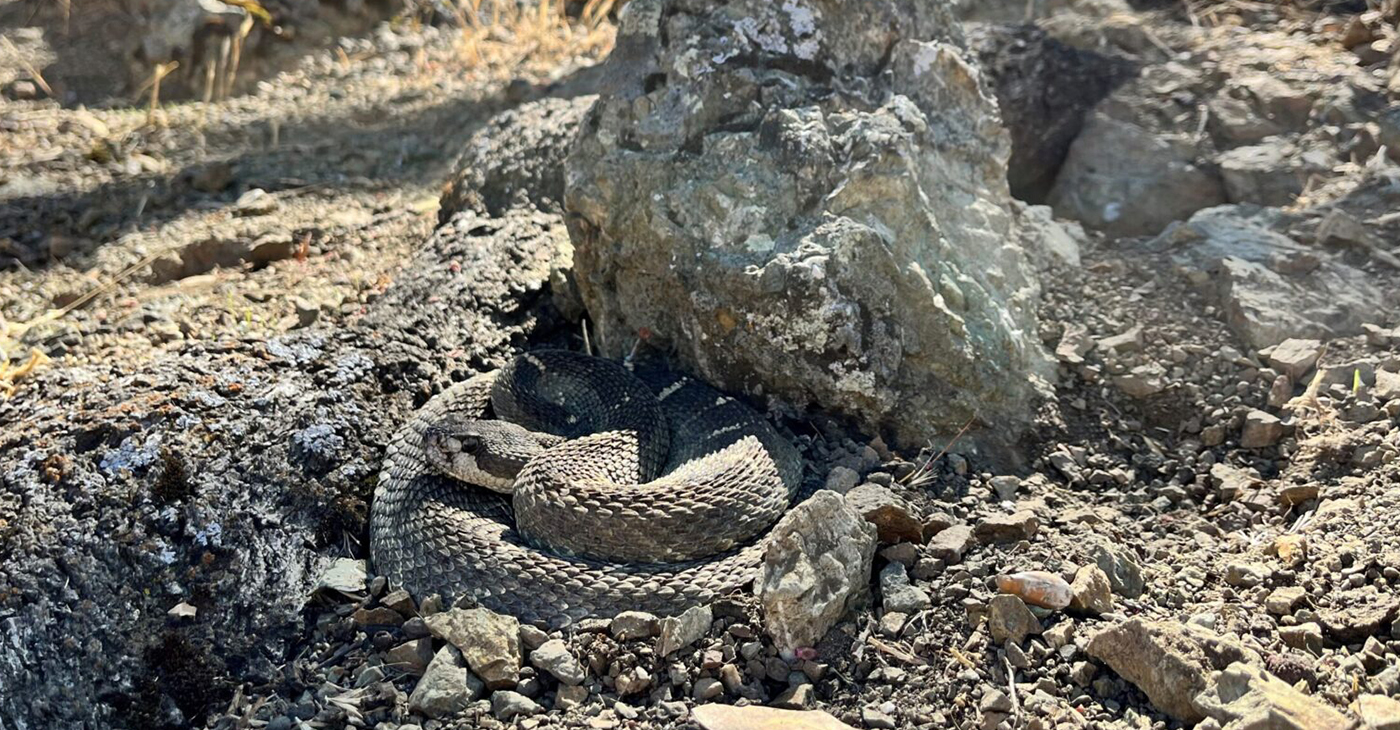
The Richmond Standard
The East Bay Regional Park District released an advisory today on rattlesnakes, which emerge from winter hibernation in early spring and become more active.
Warm weather can bring more potential for rattlesnake encounters with humans and dogs, particularly along trails and roads.
Visitors are encouraged to avoid hiking alone in case of an emergency, to scan the ground ahead as they walk, jog or ride, stay on trails avoiding tall grass, and to look carefully around and under logs and rocks before sitting down. Keep your dog on your leash to be extra safe, park officials said.
If you encounter a rattlesnake, leave it alone – it is unlawful to capture or harm one. Move carefully and slowly away or around it and give it plenty of space, park officials said.
Those who are bitten by a rattlesnake are instructed to stay calm by lying down with the affected limb lower than the heart, then having someone call 911.
Getting medical attention is critical.
Those bitten should not use tourniquets, “sucking,” or snake bite kits. If you are by yourself, walk calmly to the nearest source of help to dial 911, do not run.
If bitten by any other type of snake, wash the wound with soap and water or an antiseptic and seek medical attention.
Not sure what bit you? Check the bite for two puncture marks (in rare cases one) associated with intense, burning pain, which is typical of a rattlesnake bite. Other snakebites can leave marks without associated burning pain.
The Northern Pacific rattlesnake is the species found in East Bay Regional Parks. Snakes are important to the natural environment, helping to control rodents and other reptile populations. But enjoy them from afar.
For more information, download the Park District’s Common Snakes brochure or watch our Gopher Snake or Rattlesnake video to learn how to tell the difference between rattlesnakes and gopher snakes. Additional information is available at ebparks.org/safety/wildlife-encounters.
Alameda County
A Safe Place, Bay Area Domestic Violence Community Organization, Opens New Service Center in Oakland
Oakland-Bay Area non-profit, A Safe Place, announces the grand opening of its newly purchased building in Oakland that will be a service center for families that have suffered from domestic violence. The new, two-story building has over six new service rooms for counseling, mental health support groups, legal services, children’s treatment, safe space for community engagement, and partnership activities.
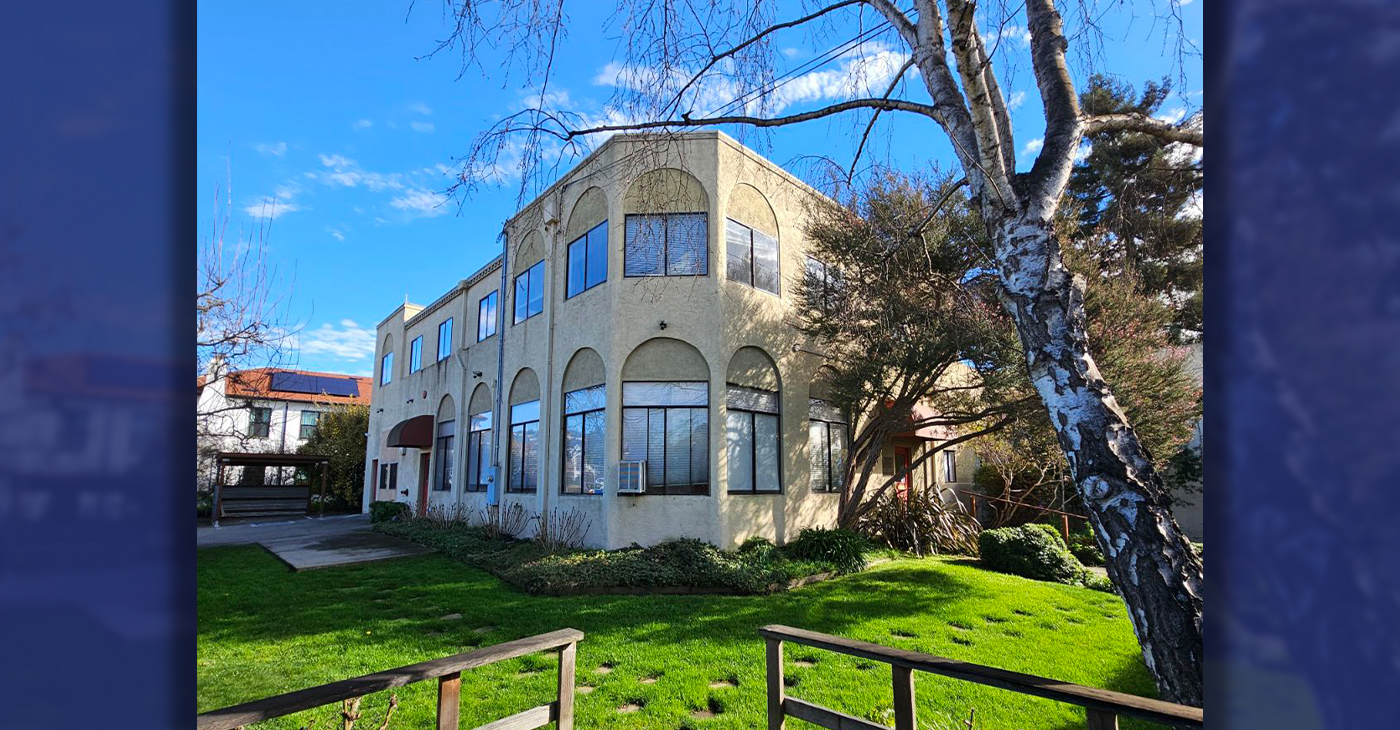
By Courtney Slocum Riley
Special to The Post
Oakland-Bay Area non-profit, A Safe Place, announces the grand opening of its newly purchased building in Oakland that will be a service center for families that have suffered from domestic violence.
The new, two-story building has over six new service rooms for counseling, mental health support groups, legal services, children’s treatment, safe space for community engagement, and partnership activities.
Domestic violence occurrences and offenses account for a considerable amount of all violent crimes in Alameda County. A Safe Place is attempting to provide a safe place for families to heal. A Safe Place is the only comprehensive domestic violence assistance program including a safehouse, in Oakland.
The grand opening celebration will also serve as a fundraiser to build out healing, therapeutic spaces for children and adult victims and survivors and survivors of domestic violence (male and female).
The new service center will expand the work of the organization, founded in 1976 when a group of women working in San Francisco came together to address the urgent need for a shelter in the East Bay. A year later, they founded A Safe Place (ASP) in Oakland. Run solely by volunteers, they set up a crisis line to offer crisis counseling and information to battered women and their children.
The organization serves over 500 adults and children annually through a host of services including crisis counseling via 24-hour crisis line, emergency motel and safehouse sheltering, mental health services (counseling and support groups).
Under the leadership of Executive Director, Carolyn Russell, the organization has grown from a single program into the comprehensive domestic violence and assistance program. ASP strives to meet the growing and diverse needs of our growing community.
The organization hopes to complete all the upgrades and therapeutic room improvements by August 2024. The public is invited to donate to the effort by using the website at www.asafeplace.org/donate. The organization also accepts in-kind gifts as well as items from the organization’s Amazon Wishlist.
Community
Swim to fight cancer
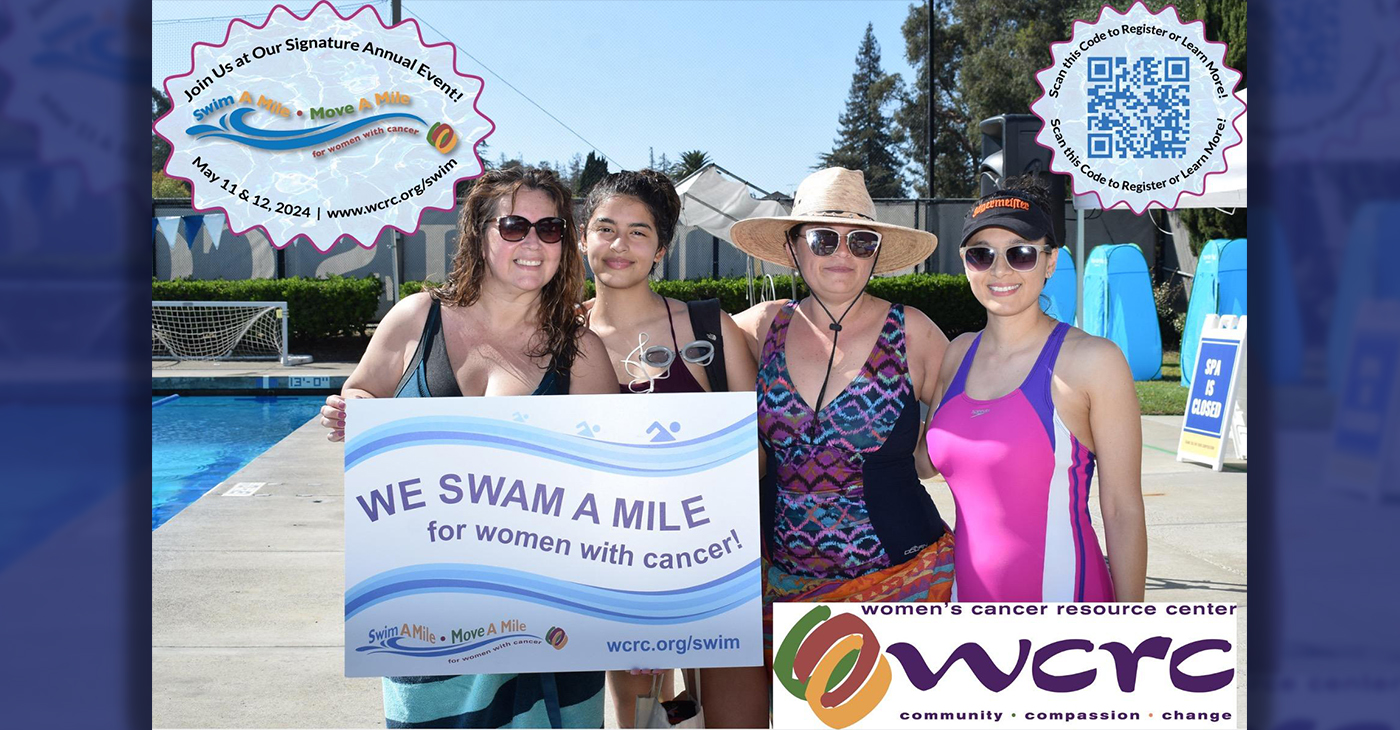
-

 Community2 weeks ago
Community2 weeks agoFinancial Assistance Bill for Descendants of Enslaved Persons to Help Them Purchase, Own, or Maintain a Home
-

 Activism4 weeks ago
Activism4 weeks agoOakland Post: Week of April 3 – 6, 2024
-

 Business3 weeks ago
Business3 weeks agoV.P. Kamala Harris: Americans With Criminal Records Will Soon Be Eligible for SBA Loans
-

 Activism3 weeks ago
Activism3 weeks agoOakland Post: Week of April 10 – 16, 2024
-

 Community3 weeks ago
Community3 weeks agoAG Bonta Says Oakland School Leaders Should Comply with State Laws to Avoid ‘Disparate Harm’ When Closing or Merging Schools
-

 Community2 weeks ago
Community2 weeks agoOakland WNBA Player to be Inducted Into Hall of Fame
-

 Community2 weeks ago
Community2 weeks agoRichmond Nonprofit Helps Ex-Felons Get Back on Their Feet
-

 Community2 weeks ago
Community2 weeks agoRPAL to Rename Technology Center for Retired Police Captain Arthur Lee Johnson


